Adventurers aren’t usually afraid of facing their foes in Dungeons & Dragons, but sometimes they might face something so terrifying, that even the mightiest heroes feel the urge to flee. To represent this, the 2024 Dungeon Master’s Guide includes details on how to manage fear, and what mental stress that can cause.
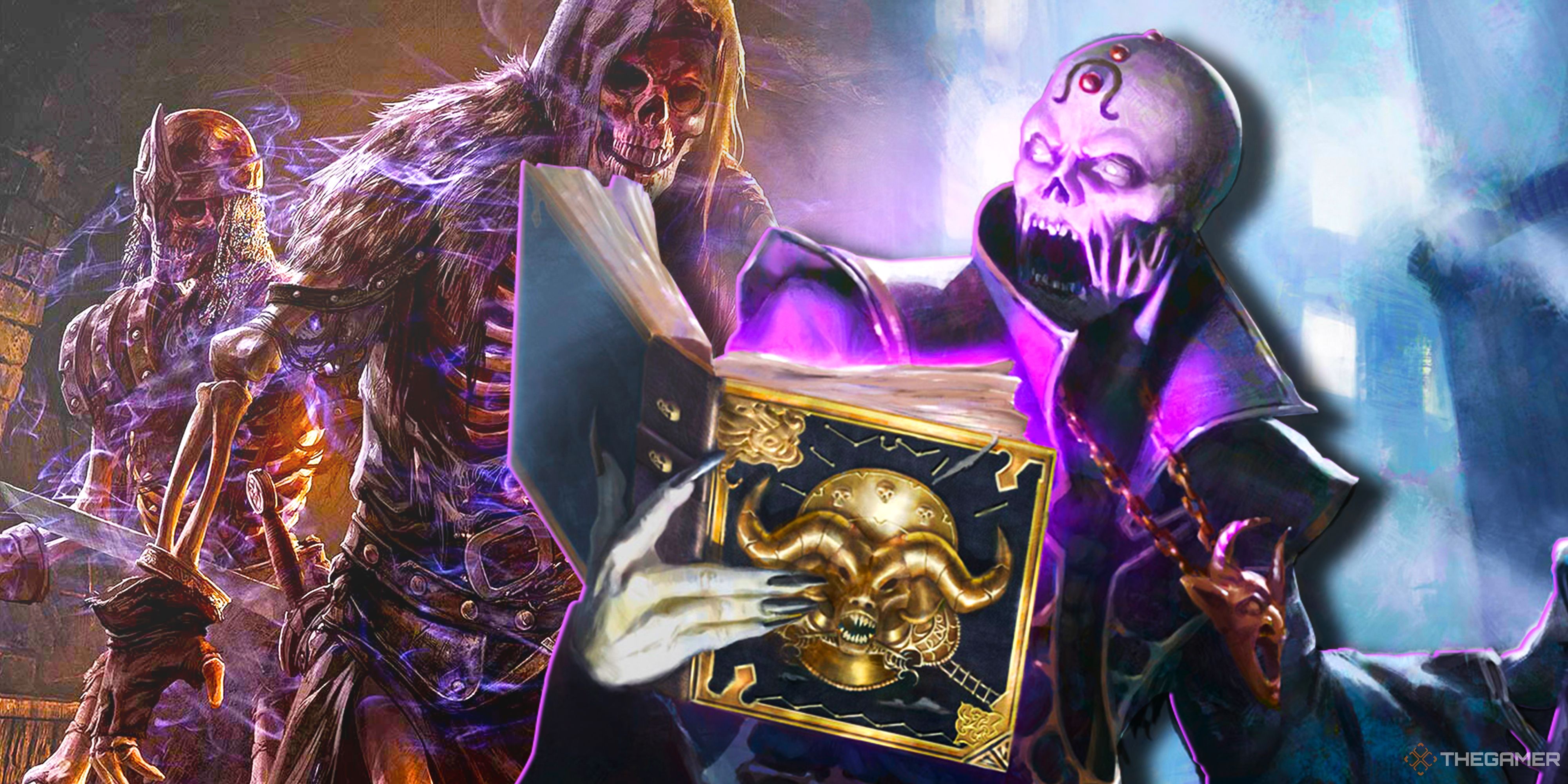
Related
Dungeons & Dragons: How To Play A Necromancer
Raise the dead and make them do your bidding with Dungeons & Dragons’ Necromancers.
These guidelines aren’t for every single encounter; in fact, they might not even fit your campaign at all. But if you’re looking to make a session all about delving into the Shadowfell, or worse, the Far Realm, then you will need an appropriate system to explore how the characters might feel in these environments.
Fear Effects
The 2024 Dungeon Master’s Guide recommends a very simple way of dealing with characters feeling fear: applying the frightened condition. Said condition makes characters unable to get close to the source of their fear, as well as having a disadvantage on D20 tests for the duration.
There is often a Wisdom saving throw involved in feeling fear, and characters tend to be able to repeat the save at the end of their turns, as they try to muster up the courage to face whatever is in front of them. The difficulty of the roll depends on the context, as well as the past experiences of each character.
For example, one of the hardest checks shown in the 2024 Dungeon Master’s Guide is facing a portal to the Abyss, but a warlock with a demonic patron would reasonably be unfazed by the sight. You should always check with your players if adding fear effects is something everyone would be comfortable with, as well as check if it would make sense to begin with in your setting.
Adding Fear Effects
If you have a session themed around horror, you could add additional effects to the frightened condition to keep players on their toes. If you do so, the encounters shouldn’t be incredibly difficult, since the challenge is already raised by the fear the characters feel.
The 2024 Dungeon Master’s Guide has three examples of how the frightened condition could be enhanced:
- Force the dash action each turn to run away as fast as possible. Highly limiting, best suited for solving puzzles than during combat.
- Attacking a frightened creature is done with advantage. Ideal for final confrontations or ambushes in the dark.
- When frightened, you can either move, take an action, or a bonus action. This should be saved for only the most frightening elements of your adventure.
Since all these effects depend on being under the Frightened condition, characters with high Wisdom will often avoid suffering them most of the time. If you have a party filled with clerics and druids, keep in mind that they might not even interact with fear the way you expect them to.
Mental Stress Effects
The 2014 version of the Dungeon Master’s Guide included a section on madness, the different kinds of effects that afflicted creatures would suffer, and how to decide them. Those effects are mostly gone in the 2024 Dungeon Master’s Guide, replaced with shorter rules about mental stress.
The difference between being frightened and being mentally stressed is that the former is a primal response, while the latter can happen when faced with something disturbing for a set period. A brave character might not feel fear when facing an eldritch horror, but they might still have lasting effects on their mind after the encounter.
Representing Mental Stress
Suffering a spike in mental stress is like having our brains under attack, and D&D already has a type of damage to represent that: psychic damage. Here are some example situations from the 2024 Dungeon Master’s Guide that could lead to mental stress, as well as a sample difficulty challenge and how much damage it would deal.
|
Example |
Save DC |
Psychic Damage |
|---|---|---|
|
Hallucinogenic substance that distorts the perception of reality. |
10 |
1d6 |
|
Fiendish idol that tears at the character’s mind. |
15 |
3d6 |
|
Spending a turn in the Far Realm. |
20 |
9d6 |
The saving throw for these effects is normally Wisdom, but you can make it be any of the mental Ability Scores depending on the context. A recommended rule is that the character uses their highest mental Score for the save, since the brain uses whatever defense mechanisms it has to avoid being damaged.
Prolonged Effects
Just like madness in 2014, mental stress can have prolonged effects, but there isn’t a large D100 table for you to choose the effect. Instead, it is recommended that you create them based on the context of the campaign, always making sure that players agree to them as well.
The Calm Emotions spell can be used to suppress the effects of all mental stress effects, but it doesn’t completely cure them.
- Short-Term Effects: They only last for 1D10 minutes, and are removed by the Lesser Restoration spell. They can be represented by conditions like frightened, incapacitated, or stunned.
- Long-Term Effects: They last for 1D10 times ten hours, giving the afflicted character a disadvantage on checks relating to a specific skill or Ability Score. These can still be removed by the Lesser Restoration spell.
- Indefinite Effects: Same effects as the Long-Term ones, but there isn’t a time limit on them. Only the Greater Restoration spell can remove these effects.
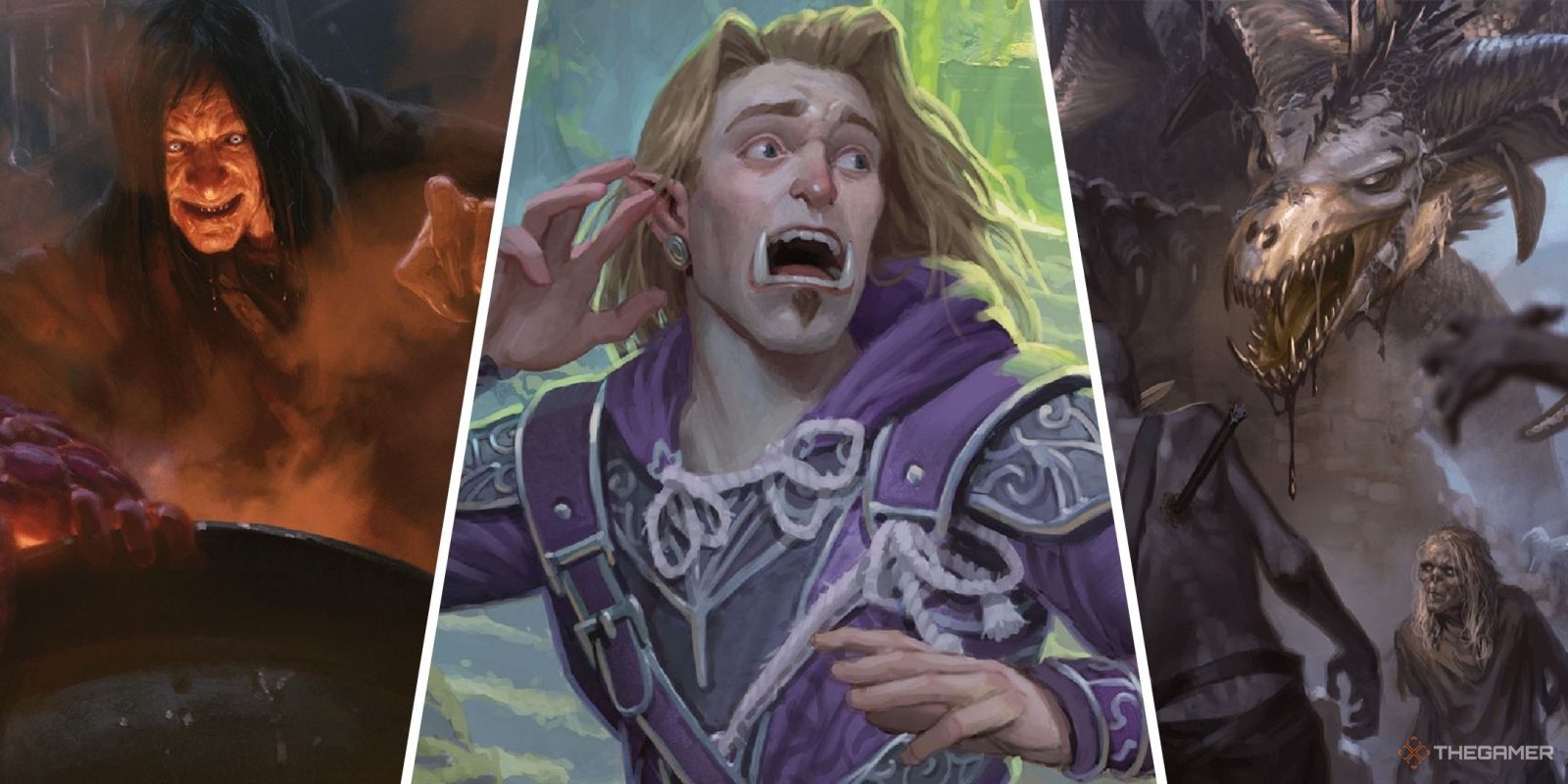
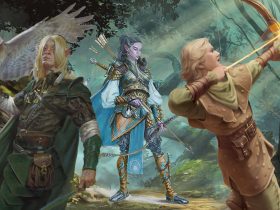
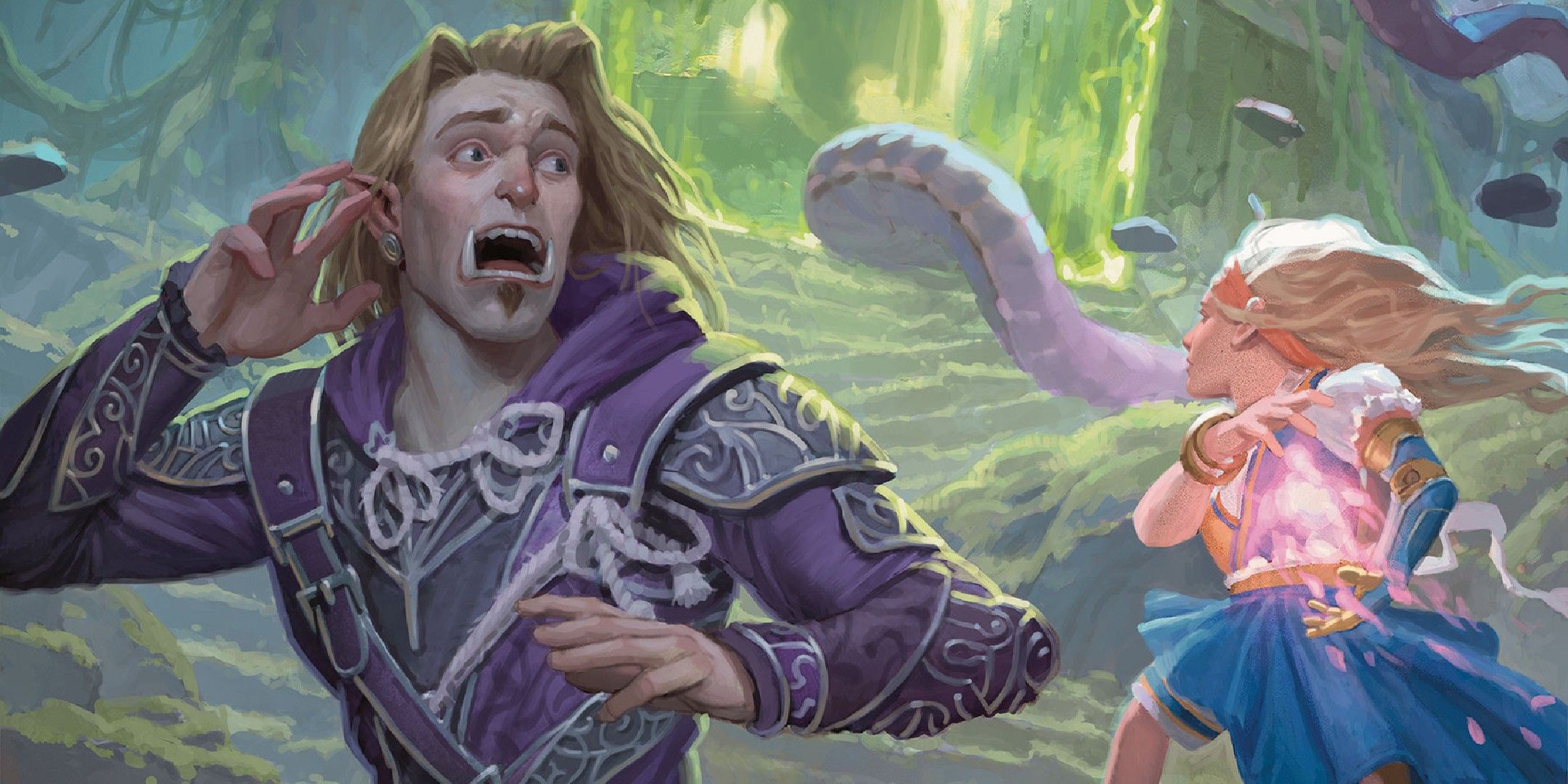
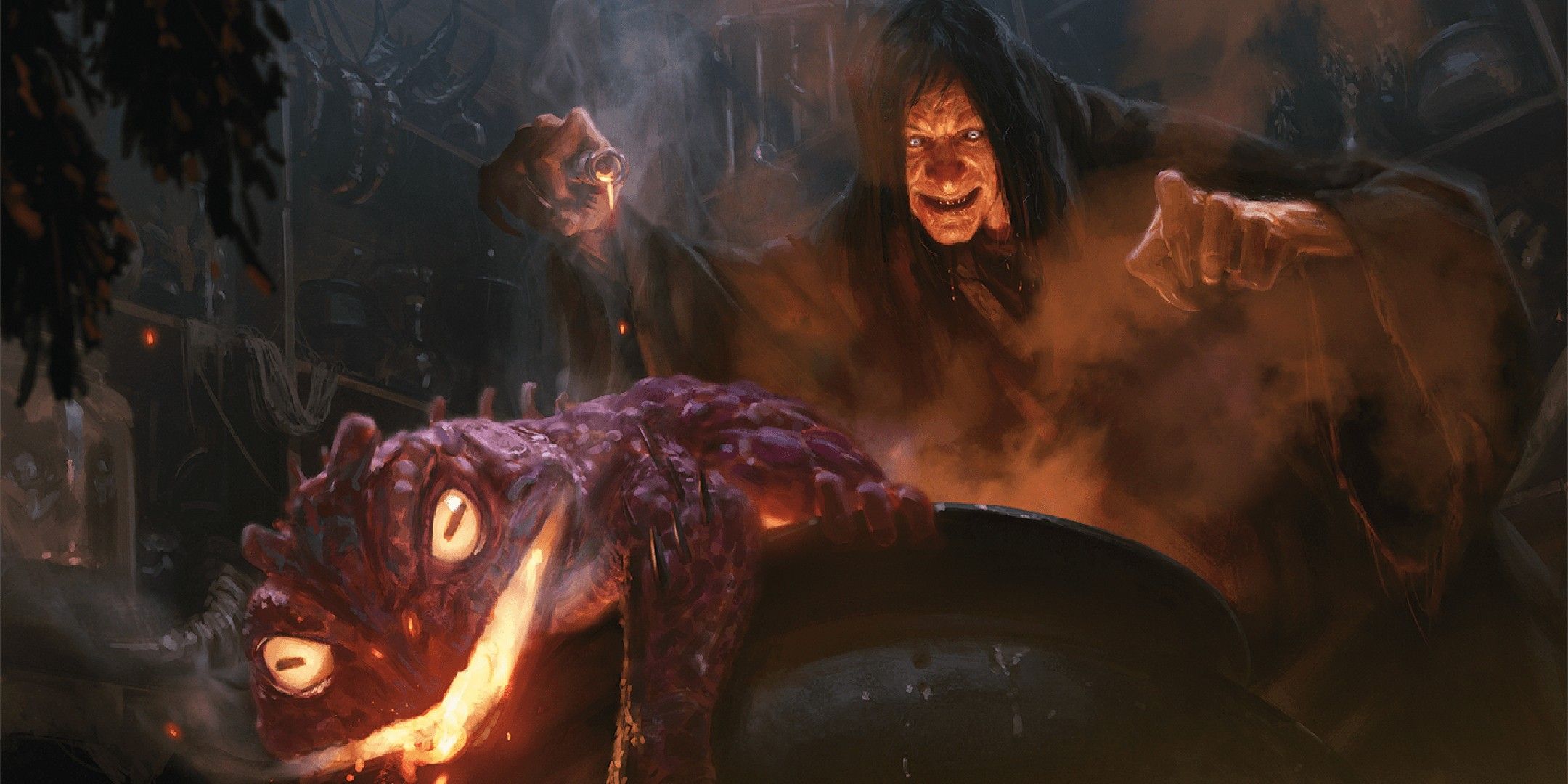
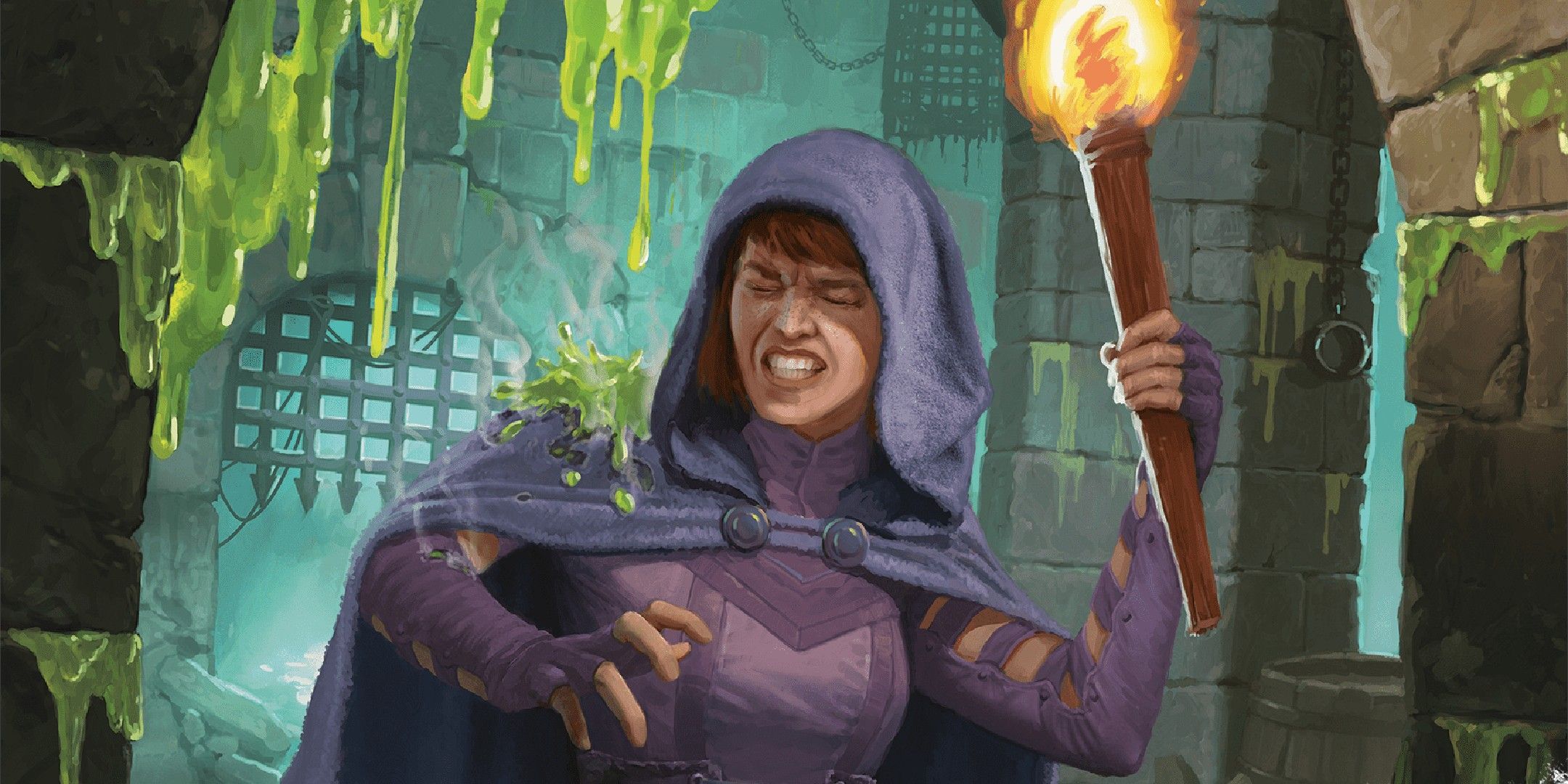
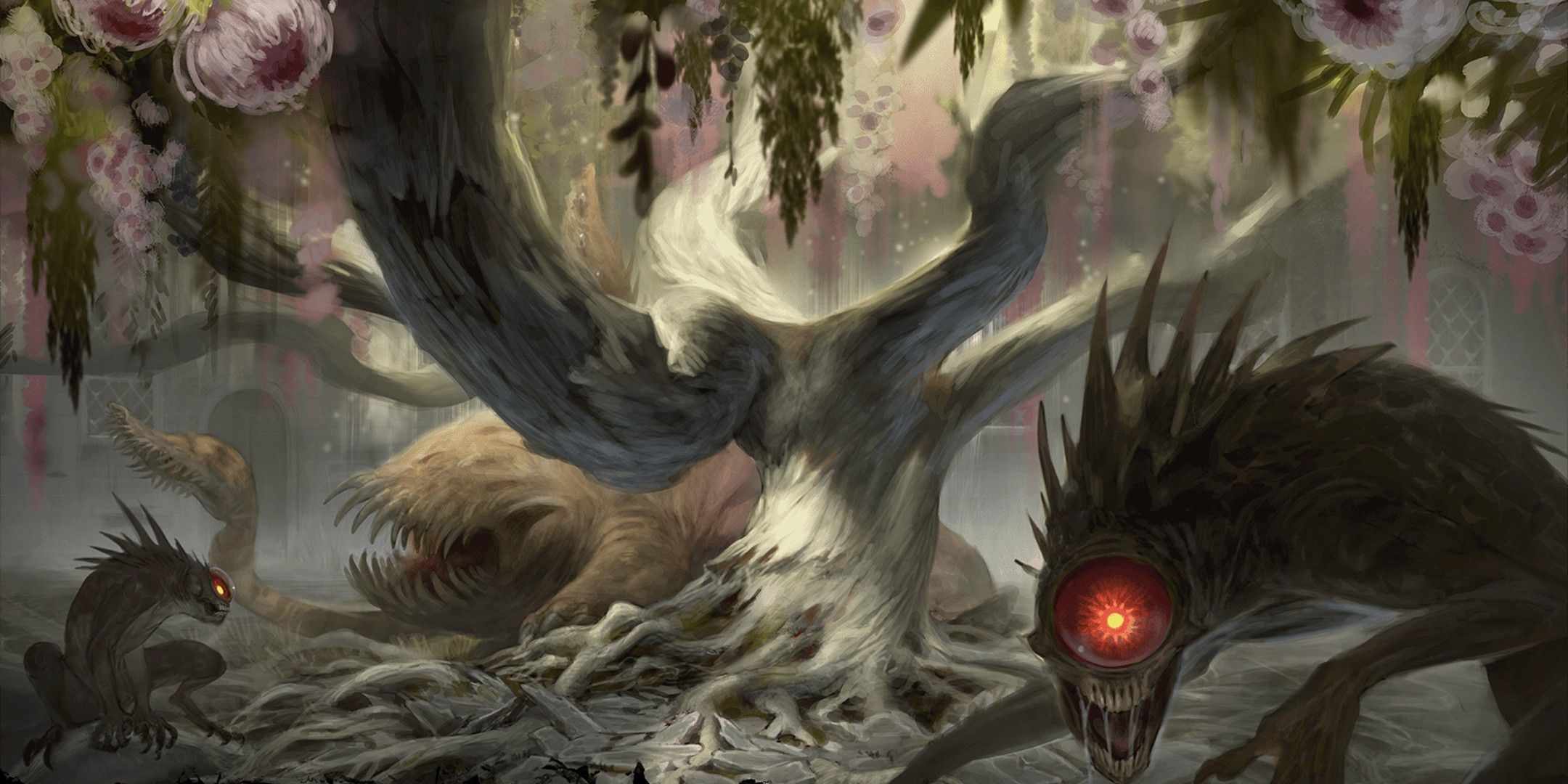
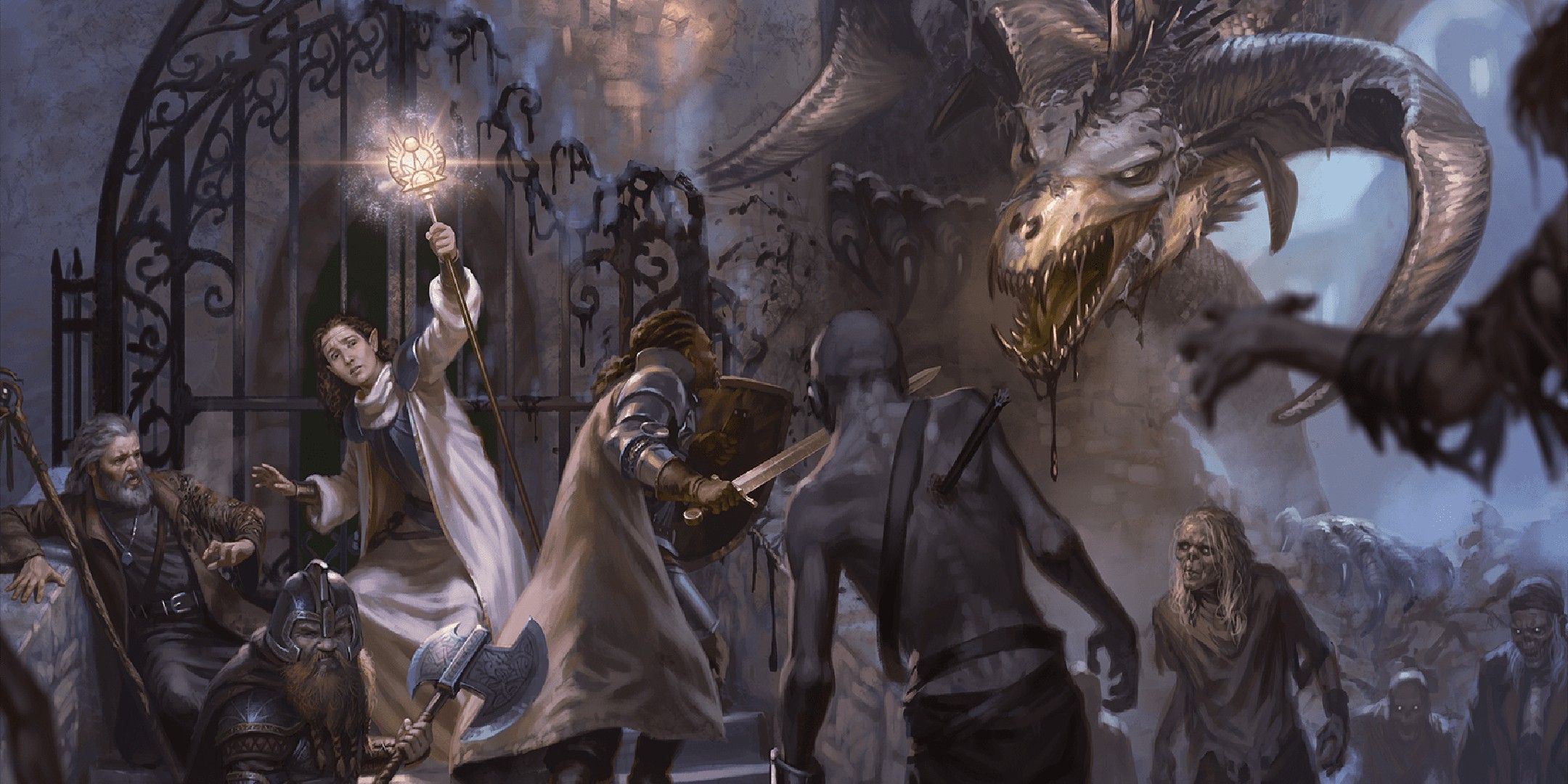




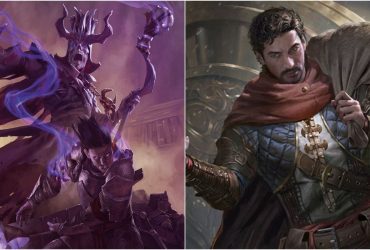

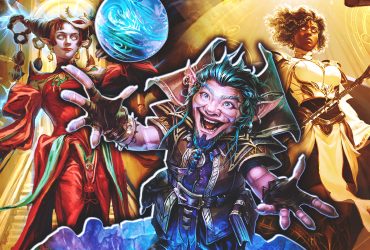
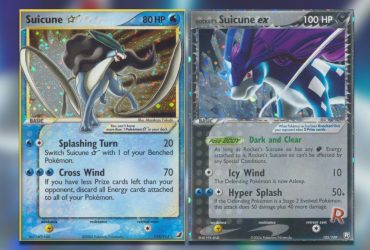

Leave a Reply